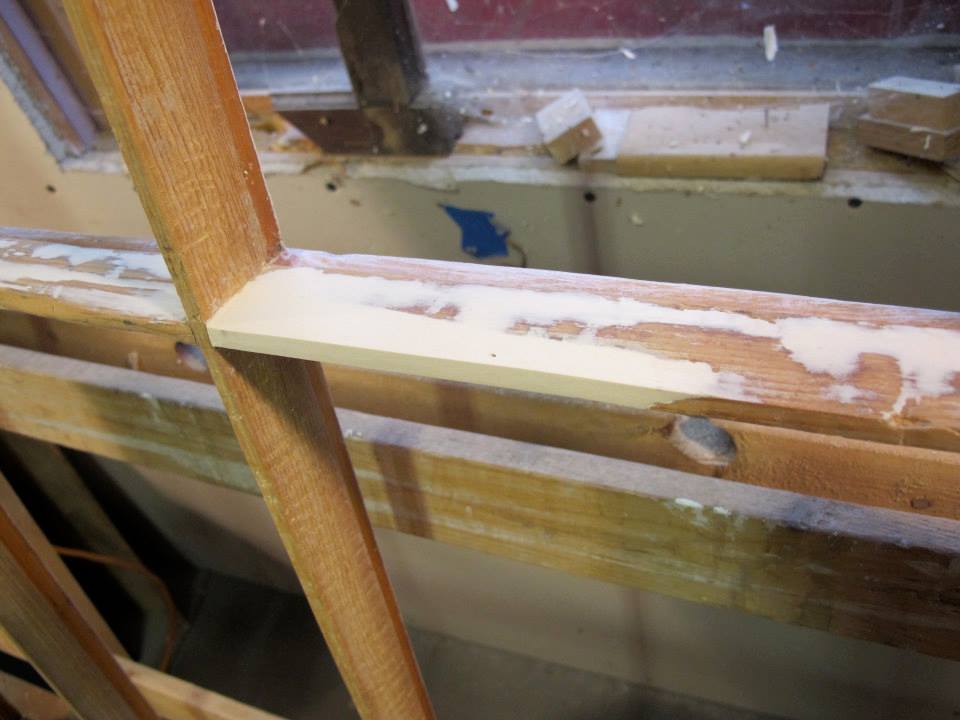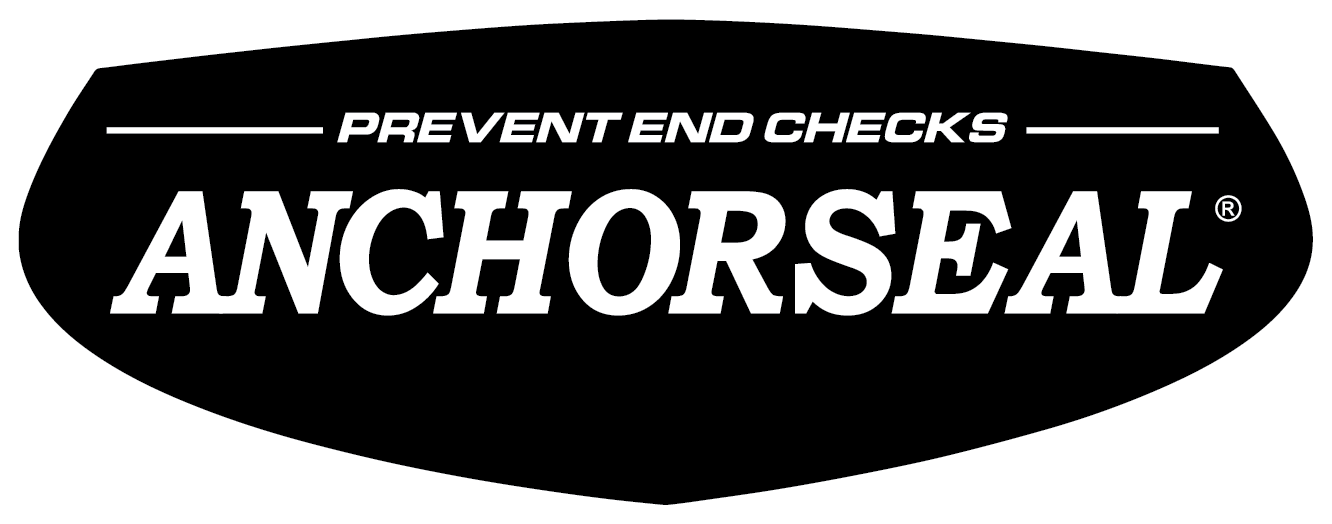From time to time I search the internet for pictures and videos of ABATRON’s products being used. The following project pictures were posted on Facebook by Black Sash Restoration of Braintree, Vermont.
Jackson Evans is the owner and artisan at Black Sash Restoration and has been professionally restoring windows, full time, for almost five years. He is an experienced carpenter and has a master’s degree from the University of Vermont in Historic Preservation.
For the past three years, Black Sash Restoration has been systematically restoring the wood windows on the Vermont State House Annex. The Vermont legislature is in session from January to June, but once the legislators leave, restoration on the picturesque building commences. Working one floor at a time, Evans removes the windows from the annex and takes them to his shop for restoration.

The restoration process includes labeling all of the glass and removing old glazing putty and paint from the sash frames. Once stripped, each sash is carefully inspected and appropriate repairs are made. Repairs include milling new frame members, replacing broken or missing exterior muntins, and patching any gouges, dings, chips, or other missing sections of wood with WoodEpox. While the windows are out, upgrades are also made to the existing sash cord. The deteriorated cords are replaced with brass plated sash chain. “Spring-bronze” weather stripping is also installed to increase energy efficiency.

On many of the sash from the State House Annex, the interior muntins of the top sash were heavily damaged from sash locks that were left open when the bottom sash was opened up. In some places, nearly half the length of the horizontal muntins was rebuilt using WoodEpox. In the largest patched areas, small finish nails were set in for reinforcement.

Once the WoodEpox cured, Jackson used a rasp to carve the general shape of the repaired muntins and then used chisels and sandpaper to achieve the final profile. This project also required extensive WoodEpox repairs due to other causes of damage. Repairs were made to the sash where a pole-hook was used to forcefully raise and lower the sash when they would stick. Years and years of hardware applications left the rails full of old screw holes which were patched with WoodEpox. Finally- the stiles of the top sash and the bottom rail of the bottom sash were patched extensively where there was evidence of a flathead screwdriver being used to pry the sash open.

Black Sash Restoration began utilizing WoodEpox about a year and a half ago when it was specified by an architect for a restoration project at Union Church in New Haven Mills, VT. On that particular project, the epoxy wood filler was used to fill severely weather checked window sills and damaged sash elements.
“I was really impressed with the tactile quality of the epoxy, the decent pot life and the way it tooled once cured. I’ve used it exclusively since that project for everything from rebuilding entire sash corners and muntins to filling tiny nail holes.” -Jackson Evans

For more information and additional project photos, visit www.blacksashvt.com.
Additional Black Sash Restoration photos can be found on their Facebook page: https://www.facebook.com/blacksashvt













